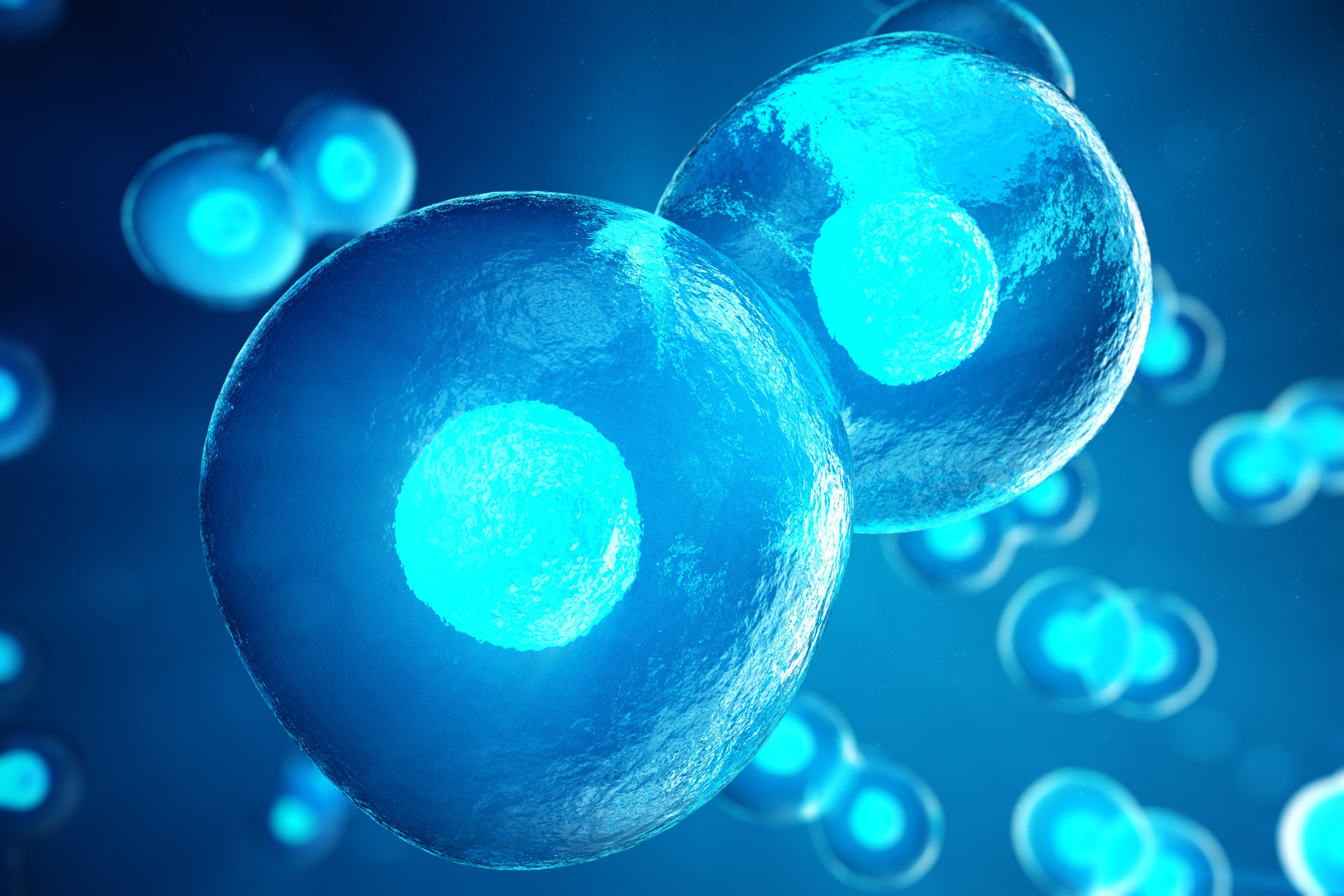‘Normal’ Stem Cells
- Characteristics:
- Self-renewal: Normal stem cells have the ability to self-renew, generating more stem cells to maintain their population.
- Differentiation potential: They can differentiate into various specialized cell types within their respective tissue or organ.
- Controlled proliferation: Normal stem cells proliferate in a controlled manner, regulated by intrinsic and extrinsic factors.
- Tissue homeostasis: They play a vital role in maintaining tissue homeostasis, replenishing damaged or lost cells.
- Genetic stability: Normal stem cells typically exhibit genetic stability, ensuring faithful transmission of genetic information during self-renewal and differentiation.
- Assays to Identify and Characterize Normal Stem Cells:
- Lineage tracing: This technique involves labeling stem cells or their progeny with specific markers to trace their fate and contribution to tissue regeneration.
- Functional assays: Functional assays assess the ability of stem cells to self-renew and differentiate by culturing them under specific conditions or transplanting them into appropriate animal models.
- Cell surface marker analysis: Flow cytometry or immunostaining techniques can be used to detect and isolate stem cells based on specific cell surface markers associated with stemness.
Manipulation of Normal Stem Cells:
- Understanding the characteristics and regulatory mechanisms of normal stem cells can help develop strategies to enhance their regenerative potential. For example, manipulating signaling pathways that regulate self-renewal and differentiation can be used to expand stem cell populations or direct their differentiation into specific cell types.
- Genetic engineering techniques, such as gene overexpression or knockdown, can be employed to modulate the expression of key regulatory genes involved in stem cell behavior.
- Exogenous factors, such as growth factors or small molecules, can be applied to manipulate the stem cell microenvironment and enhance stem cell function.
Disease-Contributing Stem Cells:
- Characteristics:
- Aberrant self-renewal: Disease-contributing stem cells may exhibit dysregulated self-renewal, leading to uncontrolled expansion and accumulation of stem cells.
- Altered differentiation potential: They may have an altered ability to differentiate into specific cell lineages, leading to the production of aberrant or dysfunctional cells.
- Increased proliferation or reduced quiescence: Disease-contributing stem cells may show increased proliferation rates or fail to maintain quiescence, contributing to abnormal tissue growth or disease progression.
- Genetic or epigenetic alterations: These stem cells may harbor genetic or epigenetic changes that drive disease initiation and progression.
- Dysregulated niche interactions: Disease-contributing stem cells can interact abnormally with their microenvironment, leading to the disruption of normal tissue homeostasis.
- Assays to Identify and Characterize Disease-Contributing Stem Cells:
- Patient-derived models: Studying stem cells obtained from patients with specific diseases provides insight into their aberrant characteristics and behavior.
- Xenotransplantation: Transplanting patient-derived stem cells into animal models can assess their disease-contributing properties and behavior in vivo.
- Biomarker analysis: Identification of disease-specific biomarkers associated with disease-contributing stem cells enables their detection and isolation.
Manipulation of Disease-Contributing Stem Cells:
- Targeted therapies: Understanding the characteristics and behavior of disease-contributing stem cells can guide the development of therapies that specifically target and eliminate these cells while sparing normal stem cells.
- Reprogramming and differentiation: Inducing the reprogramming or differentiation of disease-contributing stem cells towards a normal phenotype or non-disease cell type can be explored as a potential therapeutic strategy.
- Niche modulation: Manipulating the stem cell niche or microenvironment to restore normal interactions and signaling can be a strategy to mitigate disease-contributing stem cell activity.
While normal stem cells exhibit controlled self-renewal, regulated differentiation, and contribute to tissue homeostasis, disease-contributing stem cells often display dysregulated behavior, aberrant differentiation, and genetic or epigenetic alterations. The characterization of disease-contributing stem cells through specific assays provides valuable insights for developing strategies to manipulate these cells for therapeutic purposes.
Visited 56 times, 1 visit(s) today

Leave a Reply